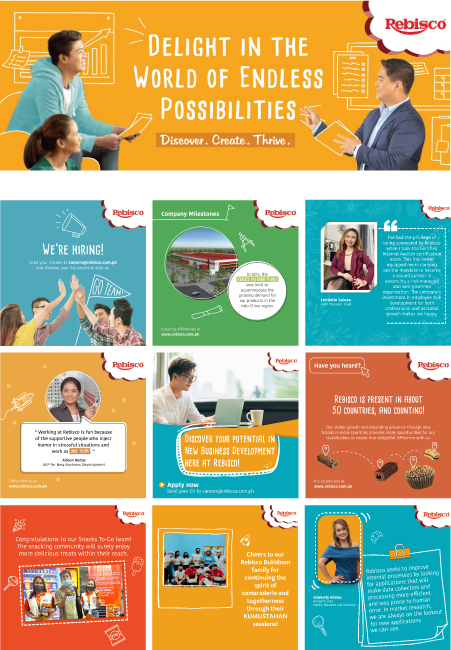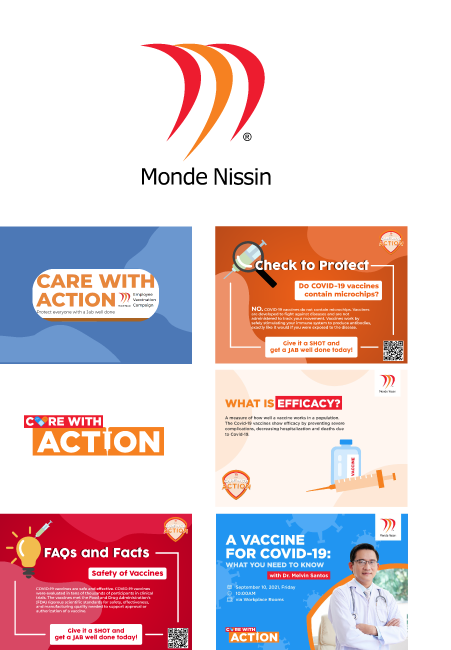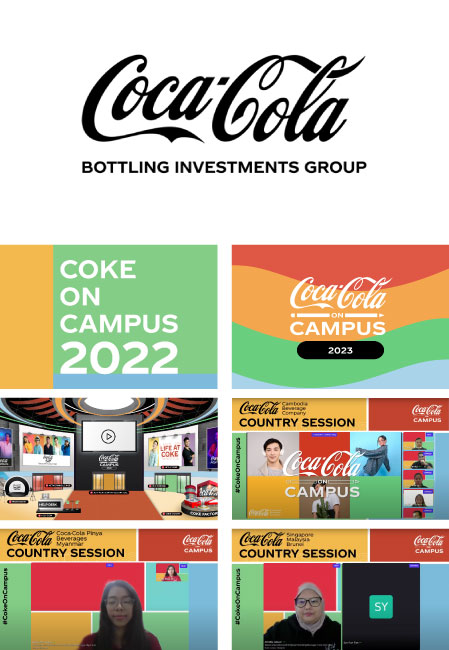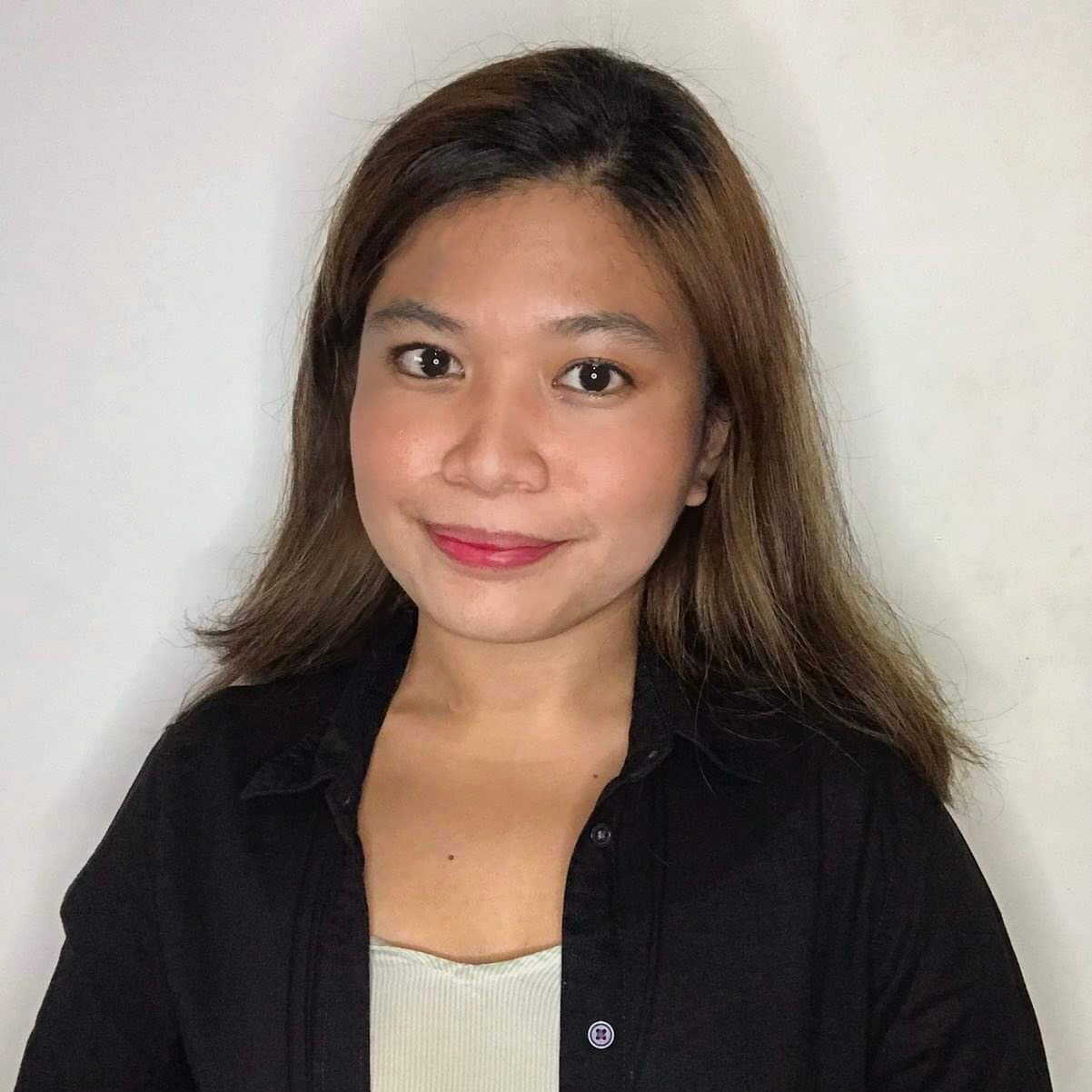The importance of creativity at work and 9 ways to improve it
Whatever industry you’re in, creativity in the workplace is an important element of success. Here’s how you can bring more creativity into your company.

What is creativity in the workplace?
When you think of creativity at work, you might be imagining architects at drawing boards, graphic designers creating artwork for bold campaigns, or fashion designers running up masterpieces on their sewing machines. All these are definitely creative activities in the workplace, but they’re not the only kind of creativity that matters in a business.
Creativity in the broadest sense is about having a mindset that is imaginative, curious and open to doing things differently. Anyone can be creative, and it doesn’t need to be restricted to specific departments or job roles. Whether or not you feel you have artistic talent or a natural gift for design, your creativity is a valuable contribution to your workplace.
In recognition of this, more and more businesses are adopting design thinking, a process for innovation and problem-solving that developed in the creative industries but can be applied to workplaces of all kinds. Design thinking solves problems by focusing on human experiences and empathy. By better understanding how people think, feel and behave in relation to an interaction, you are better able to find solutions that work.
The design thinking process encourages lots of ideation and welcomes different approaches to the creative challenge at hand. It allows for plenty of trial and error too, so that different possibilities can be explored.
In order for creativity to thrive, it needs to be understood and valued at all levels of a business. Leaders can model a creative mindset in order to foster a culture of creativity. By valuing novel ideas and being open to new solutions, they can send a message that creativity and innovation is welcome. They can also help by allowing time and space for creativity.
Why is creativity important in the workplace?
Intuitively, we understand creativity as a positive thing. But from a business perspective, why does it make sense to prioritize creativity in your company? There are two principal factors that make a creative workplace a smart option for your bottom line.
Firstly, a creative workplace is more likely to be an enjoyable one for employees. There is a well-researched link between wellbeing and creativity, with studies showing that happier people are more creative, and that creativity makes us happier too. Aside from being pleasant to work with and more likely to be engaged in their jobs, happy employees are 13% more productive, according to Oxford University’s Saïd Business School.
A creative environment can improve the employee experience in other ways, too. Creativity at work tends to involve collaborative problem solving and teamwork, which strengthens work relationships and fosters a feeling of belonging. There’s also a sense of ownership that comes with having helped to solve a problem, and employees who feel this way tend to be more engaged at work.
The second organizational benefit of creativity is its ability to drive growth – according to Forrester data, companies that show creativity grow 2.6x faster than their peers – and innovation. Innovation is what helps companies stay relevant and competitive in a changing market, and it’s what allows them to adapt to external changes large and small, from regulatory changes to major world events. A business that always does what it has always done, sticking to the same processes and technologies it adopted at its inception, becomes progressively more vulnerable to obsolescence or to being outpaced by its competitors over time.
Creativity and innovation are different things, although they are closely related. As Eli Amdur puts it, writing in Forbes,
“Creativity is a trait – whether personal or organizational – that leads to something new. Innovation is that something new.”
So, if innovation is the business benefit, creativity is the road that will take you there.
Improving creativity at work
In a Gallup poll of around 16,000 employees, three factors emerged as the necessary building blocks of a creative workplace.
Expectations to be creative at work
Time to be creative
Freedom to take the risks necessary to be creative
But how can you put these insights to work? Here are 9 ways to make your company more creative.
1. Effective brainstorming
Brainstorming is a perennially popular technique for generating ideas, and most people are familiar with it. But it still requires a bit of preparation to make a brainstorming session as useful as possible. Try involving different modes of communication, including spoken words, writing, drawing and contributing to a group document. You can also help get the creative circuits firing with a group exercise. Make sure your chosen brainstorming location has plenty of space and isn’t subject to too much interruption. It can also help to keep the temperature and noise levels comfortable to help reduce stress.
2. Diverse teams
The more varied your teams are, the more ideas they will be able to bring to the table. There is a proven link between multi-cultural experiences and creativity, with research showing that the more multicultural experiences a person has, the greater their creative performance. Your company’s creativity will benefit from having a wealth of cultural experiences in your team, from different backgrounds and different age groups to diversity of ethnicity, ability and gender.
Hiring a more diverse workforce may be a medium to long-term goal, rather than something you can implement right now. But you can introduce some fresh thinking to your creative process straight away by involving a mix of people from different teams, departments and even different seniority levels.
3. Creative problem solving
Creative problem solving (CPS) was developed in the 1940s by Alex Osborn of the Creative Education Foundation. Osborn is also responsible for the phenomenon of brainstorming, which forms part of the CPS process. CPS is a tried and tested process that’s worth considering if you want to address a business challenge creatively.
CPS involves starting with divergent thinking, i.e., coming up with as many ideas as possible in a brainstorming session, before moving to convergent thinking, where you select the most viable outputs from the brainstorm and develop them further. In CPS, problems are framed as questions, inviting answers that take the form of solutions.
Another hallmark of the process is responding positively to suggestions - always ‘yes and…’ rather than ‘no’.
4. Big-picture thinking
When you adopt big-picture thinking, you broaden your perspective to include the wider context of what you’re thinking about. As well as considering it in the present, you might consider how and why it started and what might happen in the future if you take one path or another in your work. Big-picture thinking can help prevent you getting stuck in the details of a problem or challenge so you can move towards a solution.
5. Encouraging creative risk taking
For many businesses, taking risks can be a sticking point in developing a more creative culture. Because creativity involves thinking of things afresh, it can challenge established processes, products and ways of working. It can also put things like profit and growth on the line when you take a plunge into the unknown and try something that may not turn out as you hope.
However, risk is inherent to creativity, and it’s important not to let aversion to risk prevent your business reaping the benefits. That means giving employees permission to come up with ideas that fail, and praising them for trying things out even when they don’t ultimately work.
6. Avoiding blame
Blame culture helps nobody. When things go wrong, move immediately to learning why it happened and what lessons can be learned from it so you can do things differently in the future.
7. Giving time for projects to mature
Creativity isn’t like other forms of work that can be made to go faster by adding more pressure. A person or team’s creative process might be non-linear, with new ideas and modifications emerging unpredictably through a process of intuition. While you can certainly lay fertile ground for creative activity to take place, you can’t demand that it happens faster, or indeed happens at all.
Research at Harvard Business School suggests that there may be a ‘sweet spot’ where creativity and time-pressure optimally interact. Too much pressure will reduce creativity, while no pressure at all could lead to a state of inertia.
8. Giving time for passion projects
Giving employees time and space to carry out passion projects, over which they have ownership and autonomy, can strengthen their sense of ownership and engagement. It may also be a way to pursue some of the fruits of your divergent thinking during the creative problem solving or brainstorming process – i.e., the ones that didn’t get carried forward into development but still have potential to add value.
9. Encouraging collaboration
Shared creativity can amplify each person’s contribution, adding motivation and inspiration as ideas are validated and encouraged by the group. However, collaboration is not a one size fits all approach, as some people find group work less inspiring than working alone. For truly creative collaboration, it’s important that you find the blend of autonomy, group work and idea sharing that works best for your team.
This article first appeared in Workplace Blog:
https://www.workplace.com/blog/importance-of-creativity-at-work
7 must-do’s to connect and empower Employees


TalentView is a leader in employer branding strategy, design and technology. With teams across the ASEAN region, TalentView’s professional solutions help to create memorable experiences across the talent lifecycle to attract, engage and retain talent. Working directly with business leaders in Fortune 1000 companies, TalentView is well-positioned to provide talent insights and is an accredited partner of key global players including Workplace from Facebook, Talegent, Indeed, Hootsuite, Digimind and PhoenixATS.
Copyright © TalentView Asia, 2023 | Privacy Policy
















